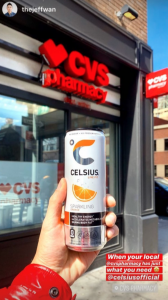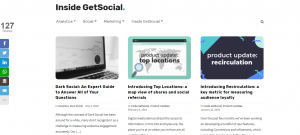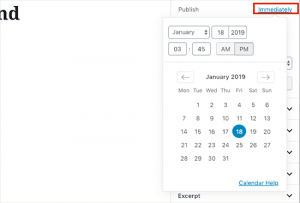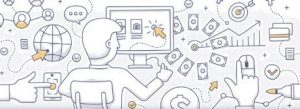Employee engagement remains the number one strategic objective for 80% of HR and reward professionals. Studies confirm that engaged employees are more productive, provide better customer service, and are more likely to stay with their employer. However, increasing employee engagement remains a struggle for the majority of organizations. Gallup has been tracking employee engagement since 2000 and, alarmingly, less than one-third of U.S. employees have been engaged in their jobs and workplaces during this time.
92% of HR and reward professionals believe that benefits play an important role in increasing engagement. But it’s not just about getting your employees to interact with their benefits – it’s about delivering tangible business advantage.
Overcoming the engagement barrier
Communication is key to engaging employees with their benefits, but the importance of this is often underestimated. Employees need to know exactly what’s on offer, why the package is relevant to them and how they can access their benefits. But, conveying this information to employees in a timely way and in a format that breaks through the noise can be a challenge.
Some HR and reward professionals are rising to this challenge, segmenting their employee audience and developing creative, targeted benefits programs that would make their marketing departments proud. Using a benefits technology platform to simplify the outreach for HR and benefits team, driving continuous engagement between employers and their employees is a really effective way of achieving this. The data that these platforms generate also enables employers to quickly identify any shifts in workforce needs, while keeping employees actively engaged in their schemes.
Speaking to the right person at the right time
There’s no one-size-fits-all approach to benefits communication – not all benefits are relevant to all employees. But by using data to segment your employees by age, gender, location, life stage or role you can target them with benefits that are meaningful and relevant for them as individuals. Benefits technology is instrumental in enabling you to accomplish this. Our recent Global Employee Benefits Watch research found that employers that segment their employee base and provide appropriate benefits for each group are twice as likely to be very effective in meeting their benefits program objectives.
Using different channels for different employees
We all like to be communicated with in different ways via different channels depending on the information we’re receiving, and what action we need to take as a result of it. Understanding your organization’s culture and common behavioral traits among employees is paramount to determine the best means of benefits communication. Consider how you can use technology to communicate with your employees in new and innovative ways. Samsung, for example, has a young, tech-savvy workforce, and as such used an augmented reality app, Blippar, to increase the number of employees that joined their pension program by 33%.
Freeing up time for strategy
Improved employee engagement is not the only advantage of using benefits technology. As a result, HR teams are less likely to get adhoc queries from employees, freeing up time for more strategic, value-add work. Recent research from Bersin by Deloitte found that the highest performing HR organizations are revitalizing the HR function by focusing heavily on investing in technology, analytics, artificial intelligence and data security, freeing up time to focus on really making a difference to employees lives.
Technology and the data it provides makes it possible for HR and benefits teams to have accurate visibility of spend and outcomes, and therefore ROI, as well as leaving room for big picture strategizing on how to incorporate the next big technologies, such as artificial intelligence and augmented reality, into the workplace. Using benefits technology effectively can increase employee engagement and provide long-term payoffs for the HR and benefits team, which ultimately leads to a more engaged, productive, and happy workforce.
Business & Finance Articles on Business 2 Community(77)






